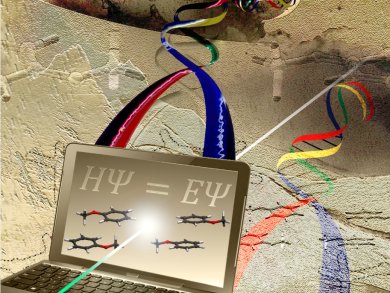π–π Stacking is a very important binding motif which is especially important in the structures of bio-macromolecules. Despite this importance, the direct experimental measurement of binding energies in π–π stacked complexes has been elusive for a long time.
Pavel Hobza, Academy of Sciences of the Czech Republic, Maurizio Becucci, University of Florenz, Italy, Klaus Müller-Dethlefs, The University of Manchester, UK, and their co-workers have collaborated to investigate the binding energies of the π–π stacked anisole dimer, by means of molecular beam laser spectroscopy experiments and CCSD(T) calculations. The synergy between these two methods has led to a very good determination of the fundamental property. The results found for the neutral ground state of anisole are in perfect agreement. Additional calculations of the properties of the cationic and excited states involved in the photodissociation of the dimer were used to identify and rationalize the difficulties encountered in the experimental work.
The team believes that in the future such work will lead to a better description of the structure of biomolecules and nanomaterials.
- Binding Energies of the π–π Stacked Anisole Dimer: New Molecular Beam-Laser Spectroscopy Experiments and CCSD(T) Calculations,
Jan Řezáč, Dana Nachtigallová, Federico Mazzoni, Massimiliano Pasquini, Giangaetano Pietraperzia, Maurizio Becucci, Klaus Müller-Dethlefs, Pavel Hobza,
Chem. Europ. J. 2015.
DOI: 10.1002/chem.201406134




